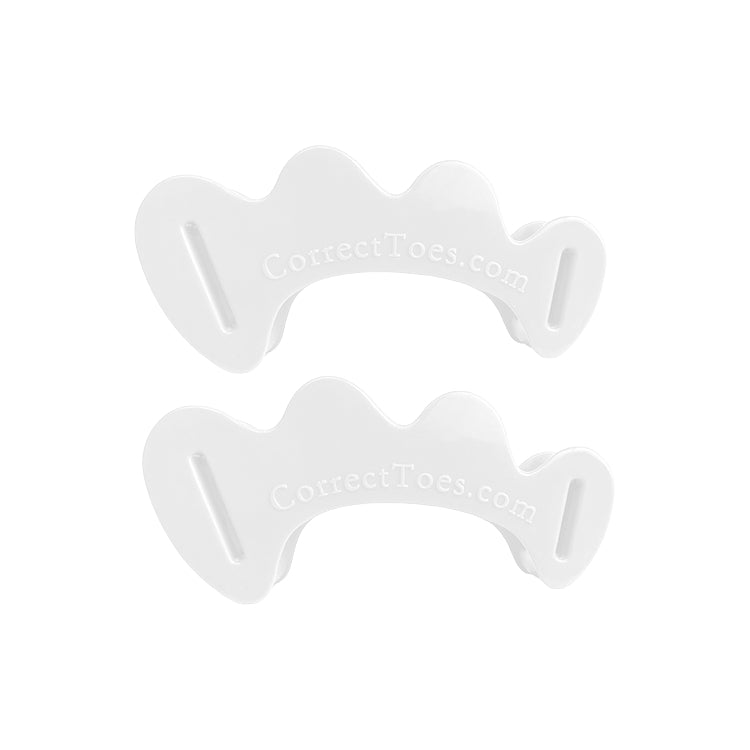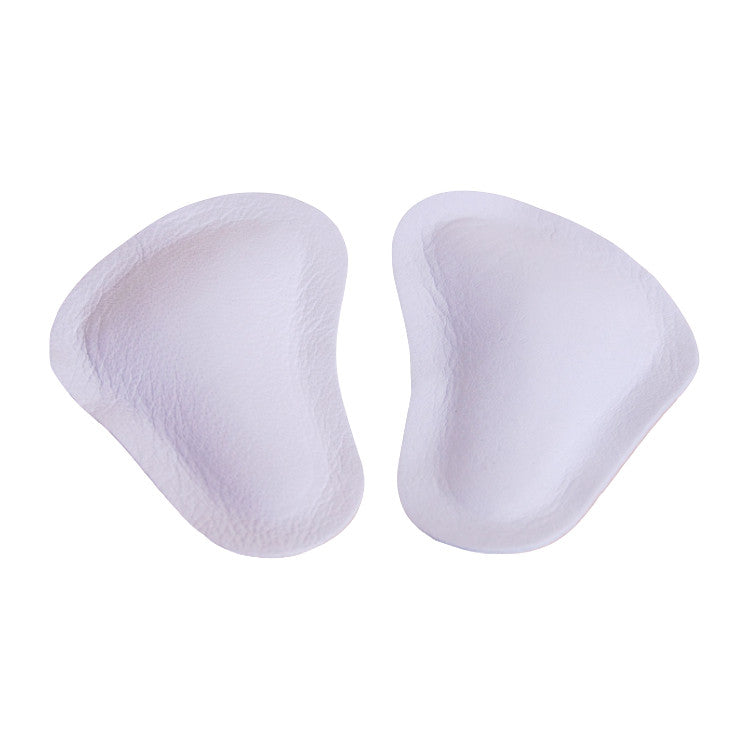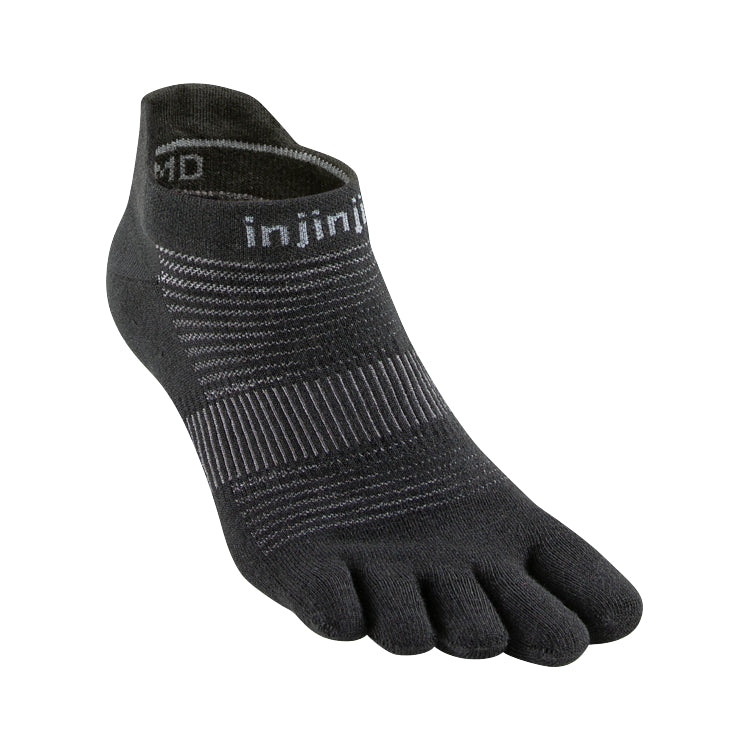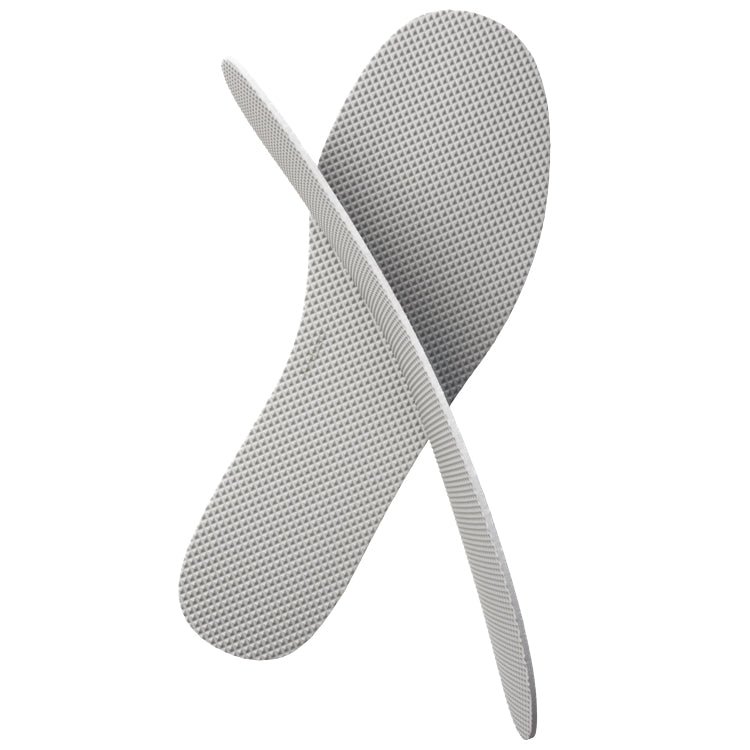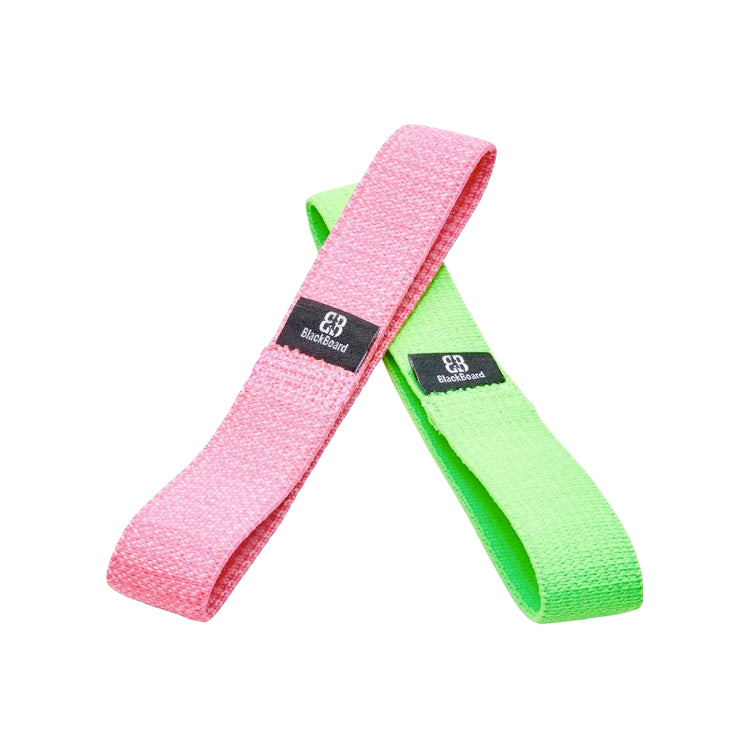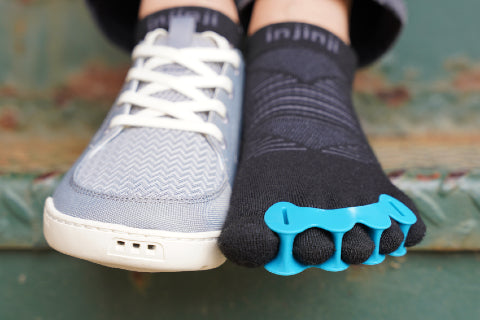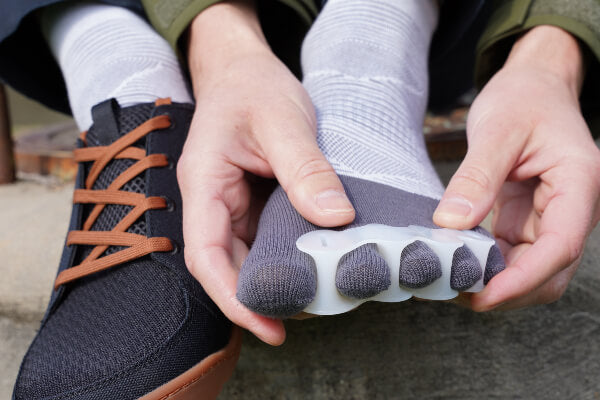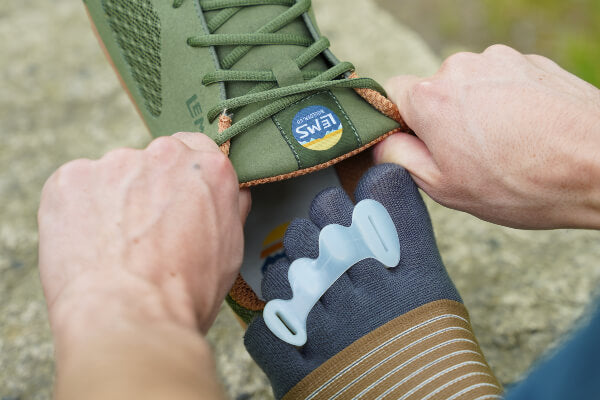
Definition
Raynaud’s: A condition that causes some parts of the body—especially the extremities—to feel numb and cold in response to cold temperatures or stress.
General Info
Raynaud’s is a health problem that affects the arteries. Raynaud’s sometimes is called a disease, phenomenon, or syndrome, and it’s characterized by brief bouts of vasospasm, or the sudden narrowing of a blood vessel, which results in a reduced flow rate through that vessel. Arterial vasospasm primarily reduces blood flow to the fingers and toes. Though most people with Raynaud’s experience reduced blood flow to the fingers, a significant number of people with this condition (40%) also experience reduced blood flow to the toes. In rare cases, this condition may affect blood flow to the nose, ears, nipples, and lips.
Raynaud’s attacks limit the amount of blood that reaches the skin in affected areas, causing these areas to turn white and blue. When the involved blood vessels do eventually relax, normal blood flow to the affected areas resumes and the skin turns red and throbs, tingles, burns, or feels numb. In only the most severe cases does Raynaud’s cause sores or tissue death. A couple of key triggers—cold weather and stress—are known for this health problem, though in many cases, the true underlying cause of Raynaud’s is unknown. What is known is that people living in colder climates develop this health problem more frequently than those living in warmer climates.
There are two principle types of Raynaud’s: Primary and secondary. Primary Raynaud’s, also known as Raynaud’s disease, is the most common type of the disorder, and it occurs without the presence of any underlying health problem that could induce vasospasm. Secondary Raynaud’s, also called Raynaud’s phenomenon, is less common than primary Raynaud’s and is caused by an underlying medical condition. Raynaud’s phenomenon usually is the more serious of the two types of Raynaud’s. Most people who develop Raynaud’s phenomenon do so around the age of 40, whereas those who have Raynaud’s disease develop symptoms much earlier in life.
“Raynaud’s attacks” can be triggered by cold temperatures or stress in people who have primary or secondary Raynaud’s. Even relatively mild or brief temperature alterations can provoke a Raynaud’s attack. A person with Raynaud’s who removes something from the freezer or who is exposed to temperatures below 60 degrees F may notice his or her fingers turning blue shortly thereafter. Most people who have Raynaud’s suffer no lasting tissue damage or disability, though people who have severe versions of this health problem may develop gangrene (tissue death) following repeated or prolonged Raynaud’s bouts. Approximately 5 percent of people in the United States have some form of Raynaud’s.
Signs & Symptoms
Raynaud’s signs and symptoms depend on several factors, including frequency, duration, and severity of the vasospasms. Some of the most common signs and symptoms associated with Raynaud’s include:
- Cold fingers and toes
- Changing skin color in the affected area in response to cold or stress
- Numbness, stinging, or a prickly feeling with exposure to warmth or decreased stress
Raynaud’s signs and symptoms usually follow this pattern: The skin in the affected area turns white before eventually turning blue and feeling cold and numb. Most people also experience a blunted sense of touch. Once the involved blood vessels relax and circulation to the fingers and toes improves, the affected areas may turn red, and they may tingle, throb, or swell. The order of the skin color changes is not always the same between people, and some people who have Raynaud’s may not experience all three colors (white, blue, and red) during an attack.
In some cases, a person who has Raynaud’s may experience symptoms in just one or two fingers or toes, and the location of symptoms may even vary from one attack to the next in the same individual. A Raynaud’s attack can last anywhere from under a minute to multiple hours.
Possible Causes
Physicians and researchers do not completely understand why Raynaud’s attacks occur, but, as previously mentioned, cold temperatures and stress are the two main triggers causing blood vessels in the hands and feet to overreact. Cold temperatures cause the extremities to lose heat, and the body minimizes blood supply to the fingers and toes to keep the core temperature stable. This response is exaggerated in people who have Raynaud’s. Stress provokes a similar kind of reaction, and its effects are, again, exaggerated in people who have Raynaud’s.
There are a number of conditions that may cause secondary Raynaud’s, including scleroderma, lupus, rheumatoid arthritis, Sjogren’s syndrome, arterial diseases (e.g., Buerger’s disease), carpal tunnel syndrome, smoking, frostbite, traumatic injuries (e.g., wrist fractures), certain medications, chemical exposure, and thyroid gland disorders. Another possible cause of secondary Raynaud’s is overuse injuries. Workers who use vibrating equipment for prolonged periods may develop a Raynaud’s phenomenon known as vibration white finger.
Helpful Strategies
Minor lifestyle changes, self-care activities, and prevention techniques can all help manage this condition. Helpful conservative approaches include:
-
Quitting Smoking: Smoking causes blood vessels to narrow, which in turn lowers skin temperature. Even secondhand smoke can cause problems in people who have Raynaud’s.
-
Participating in Regular Exercise: Raynaud’s sufferers, especially people who have primary Raynaud’s, may benefit from exercise, as physical activity boosts circulation.
-
Managing Stress Levels: Because stress is a key trigger for Raynaud’s attacks, any action taken to reduce stress levels may help manage this condition. Avoiding stressful situations, meditating, practicing breathing exercises, and spending more time in nature are just a few ways to reduce stress levels.
-
Avoiding Caffeine: Caffeine causes blood vessel constriction and can exacerbate the signs and symptoms of Raynaud’s.
-
Practicing Hand and Foot Care: A person who has Raynaud’s should take special care of his or her hands and feet. Barefoot walking can be problematic for Raynaud’s sufferers and should be avoided. An individual with Raynaud’s should also avoid wearing constricting footwear, rings, tight wristbands, and anything else that can compress blood vessels in the hands and feet.
-
Wearing Correct Toes: Correct Toes may be helpful in treating Raynaud's. Correct Toes toe spacers help spread the toes, which in turn helps boost toe blood flow by reducing compression forces on the small arteries that branch at the ball of the foot. Please note, however, that a person with reduced sensation in the feet and toes should avoid using Correct Toes until he or she speaks with a doctor.
-
Avoiding Mechanical Triggers: Certain workplace tools, especially tools that vibrate, can provoke Raynaud’s attacks. A person with Raynaud's should consider avoiding these tools to decrease the frequency of Raynaud’s attacks.
To treat an acute Raynaud’s attack, it’s important to warm the hands, feet, or other affected areas quickly. The following can be done to help warm the fingers and toes:
- Perform arm windmills
- Wiggle the fingers and toes
- Massage the affected areas
- Put the hands under the armpits
- Relocate to a place of greater warmth
- Place the fingers or toes under warm (not hot) water
If a Raynaud’s attack is triggered by stress, a person can remove himself or herself from the stressful situation and practice relaxation techniques to help resolve the attack. Biofeedback—a treatment technique that involves relaxation, visualization, and other cognitive control methods—can affect body temperature and help treat Raynaud’s attacks too, especially when combined with the warm water treatment.
In some cases, especially with the more severe forms of Raynaud’s, aggressive treatment approaches may be required to decrease the frequency and severity of attacks, protect against tissue damage, and address the underlying disease causing Raynaud’s. A doctor may prescribe medications to help dilate the blood vessels and boost blood flow to the extremities.

WANT TO IMPROVE YOUR FOOT HEALTH?
Let the team at Natural Footgear help you! Subscribe to our newsletter for the latest offers and helpful info, and sign up for our FREE email courses on various topics and foot health conditions.
Sign Up →
Want to Improve Your Foot Health?
We are here to help you every step of the way. Get our newsletter for the latest offers and helpful info, and sign up for our FREE email courses on various topics and conditions, including bunions, hammertoes, neuromas, plantar fasciosis, shin splints, ingrown toenails, and more.
Sign Up →
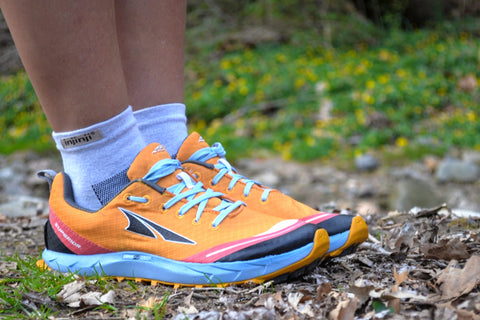 The human circulatory system is made up of a pump (the heart) and a delivery system (the blood vessels) for transporting blood throughout the body. The two types of circulation in the body are called systemic circulation and pulmonary circulation. Systemic circulation is responsible for bringing fresh, oxygen-rich blood to all the body’s tissues and organs, while pulmonary circulation is responsible for carrying oxygen-depleted blood from the heart to the...
Read more
The human circulatory system is made up of a pump (the heart) and a delivery system (the blood vessels) for transporting blood throughout the body. The two types of circulation in the body are called systemic circulation and pulmonary circulation. Systemic circulation is responsible for bringing fresh, oxygen-rich blood to all the body’s tissues and organs, while pulmonary circulation is responsible for carrying oxygen-depleted blood from the heart to the...
Read more



